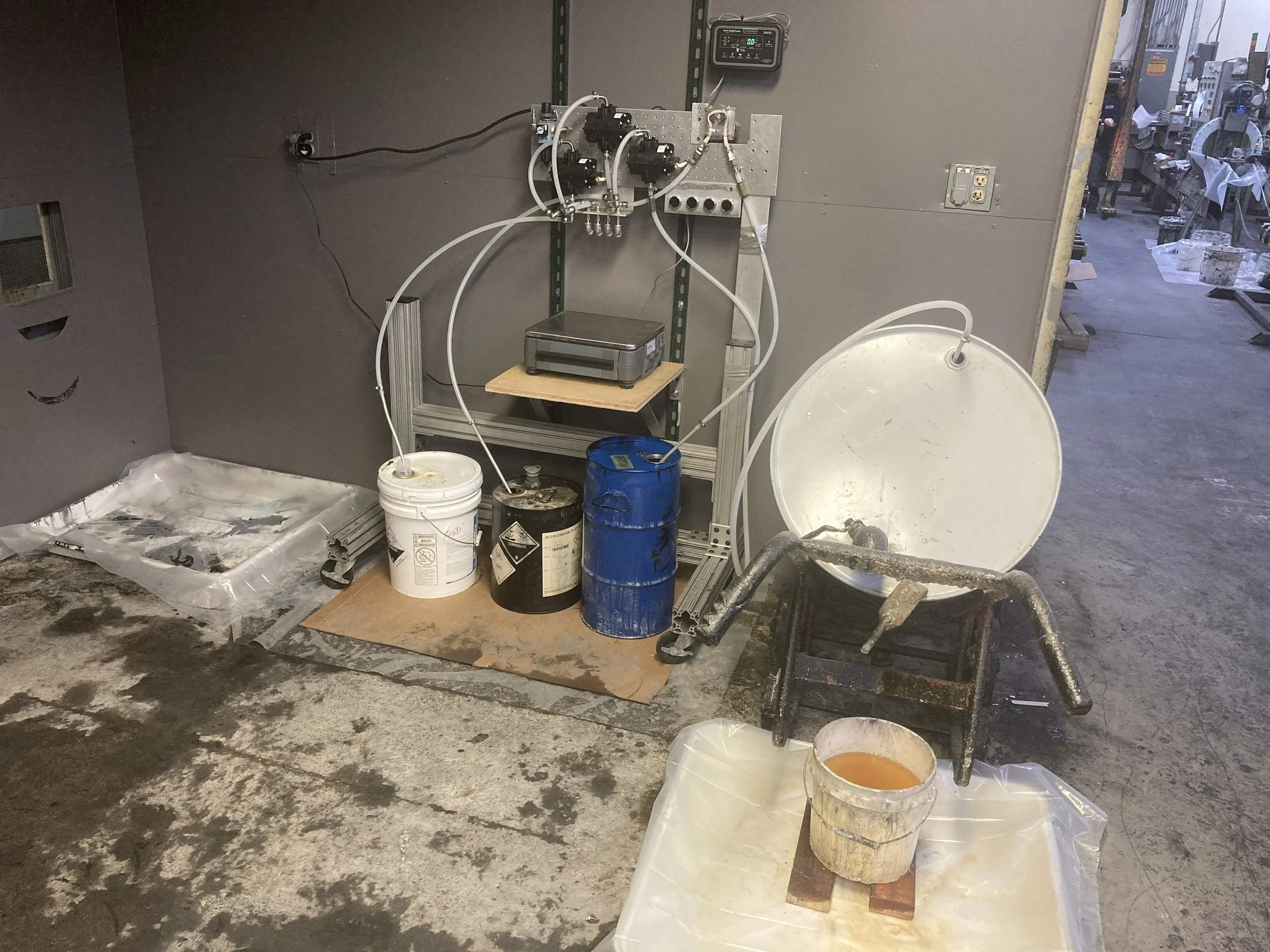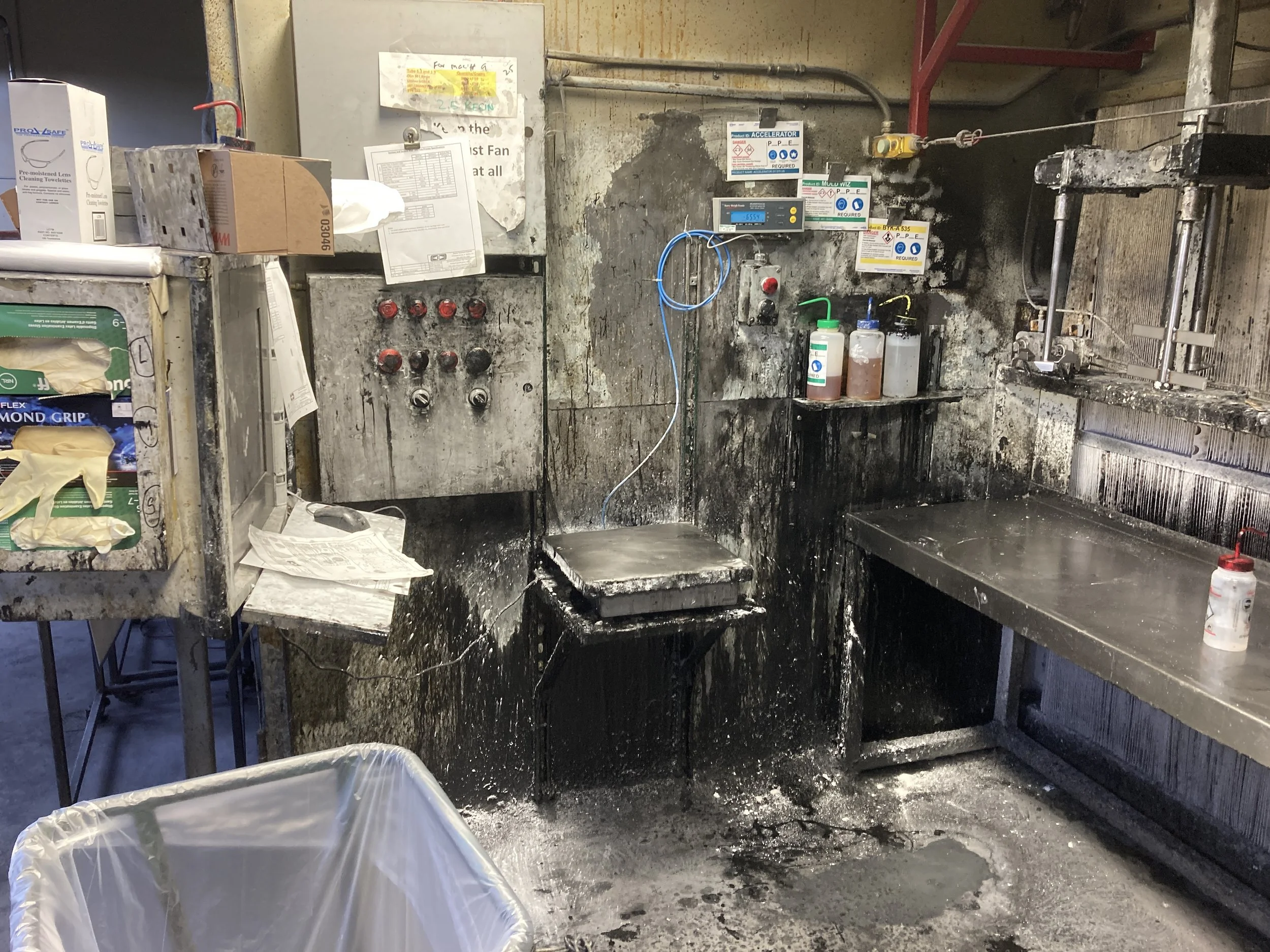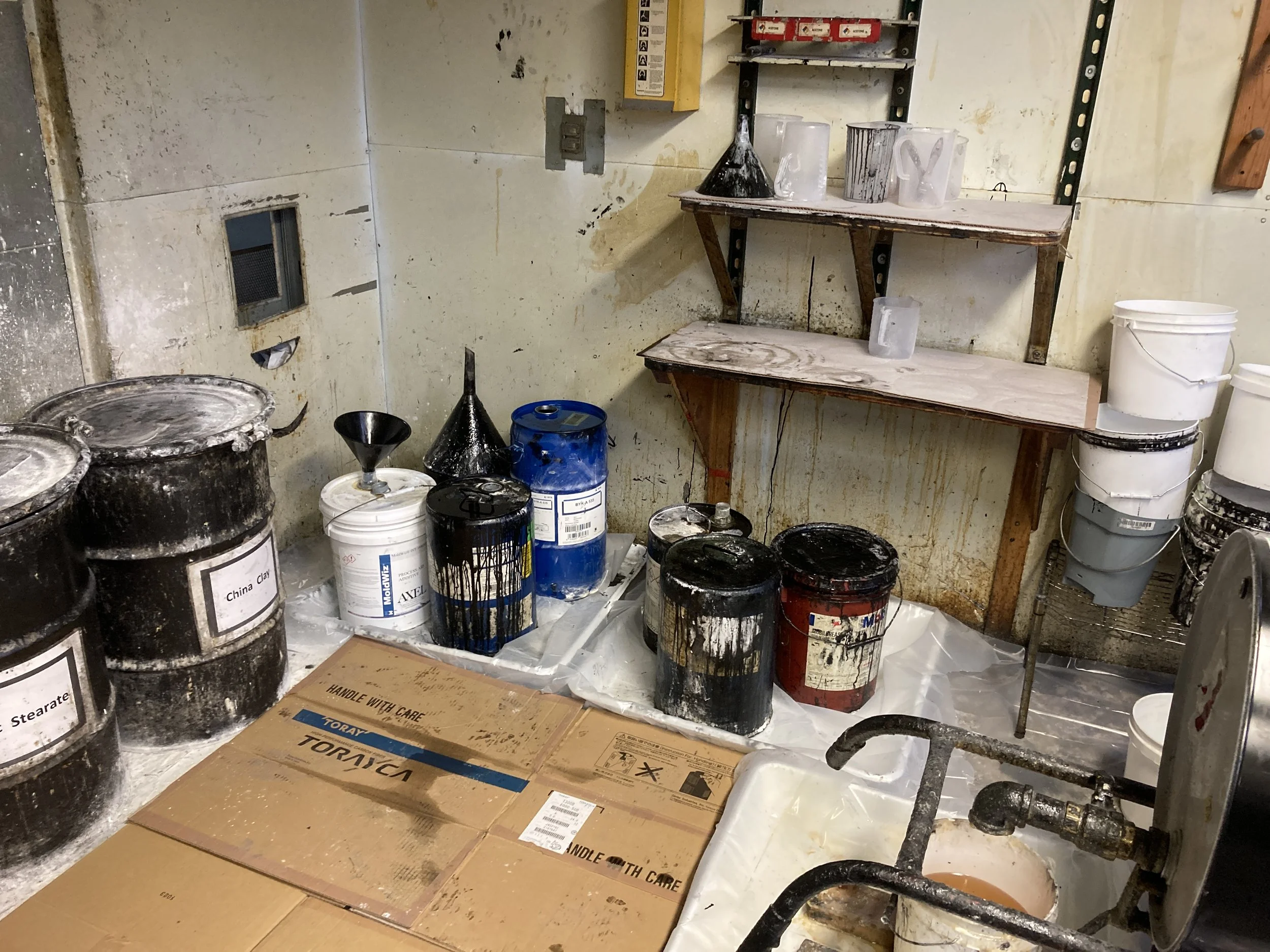Automated Resin Mixing Station for Carbon Fiber and Fiberglass
In the world of composite manufacturing, precision and consistency are key to producing high-quality carbon fiber and fiberglass components. One critical piece of equipment that ensures these qualities is the resin mixing station. These stations are designed to accurately mix resins and hardeners, providing the ideal chemical composition needed for strong, durable composites. Let's explore the role, functionality, and benefits of resin mixing stations in the production of carbon fiber and fiberglass materials.
The Role of Resin in Composite Manufacturing
Resin is a vital component in the manufacturing of carbon fiber and fiberglass composites. It acts as a binding agent that holds the fibers together, giving the final product its structural integrity and durability. The quality of the resin mix directly impacts the performance characteristics of the composite, including:
Strength: Properly mixed resin ensures the composite can withstand high stress and load.
Durability: Consistent resin composition contributes to the long-term durability of the composite material.
Weight: Accurate resin mixing helps achieve the desired weight-to-strength ratio, crucial for applications in aerospace, automotive, and sports equipment.
How Resin Mixing Stations Work
A resin mixing station automates the process of combining resin and hardener, ensuring precise ratios and thorough mixing. Here's an overview of its operation:
Component Storage: Resins and hardeners are stored in separate containers, typically equipped with temperature control to maintain optimal viscosity.
Measurement and Dispensing: The station measures and dispenses the correct amount of each component using pumps or gravity-fed systems, ensuring the precise ratio required for the specific application.
Mixing: The components are mixed together in a controlled environment, often using a static mixer or mechanical agitator to ensure uniformity.
Delivery: The mixed resin is then delivered to the application area, either directly or through a dispensing system, ready for use in the composite manufacturing process.
Key Features of Resin Mixing Stations
Precision: Advanced measurement systems ensure accurate ratios of resin and hardener, critical for achieving the desired material properties.
Automation: Automated systems reduce the risk of human error, increase efficiency, and ensure consistent quality.
Temperature Control: Maintaining optimal temperatures for resins and hardeners prevents premature curing and ensures proper flow characteristics.
Ease of Use: User-friendly interfaces and controls allow operators to easily set and monitor the mixing process.
Versatility: Capable of handling various resin types and formulations, making them suitable for a wide range of composite manufacturing applications.
Benefits of Using Resin Mixing Stations
Consistency and Quality: Automated mixing ensures uniform composition, leading to consistent material properties and high-quality end products.
Efficiency: Reducing manual labor and the potential for errors speeds up the production process, increasing overall efficiency.
Waste Reduction: Precise measurement and mixing minimize material waste, reducing costs and environmental impact.
Safety: Automated systems reduce the need for direct handling of potentially hazardous chemicals, enhancing workplace safety.
Scalability: Resin mixing stations can be scaled to meet the needs of small-scale workshops or large industrial operations, providing flexibility in production capacity.
Applications of Resin Mixing Stations
Aerospace: Manufacturing lightweight, high-strength components for aircraft and spacecraft.
Automotive: Producing durable, lightweight parts for vehicles to improve fuel efficiency and performance.
Marine: Constructing boats, hulls, and other marine components that require high durability and resistance to water.
Sports Equipment: Creating high-performance sporting goods such as bikes, skis, and tennis rackets.
Construction: Fabricating structural components and reinforcements that require robust performance characteristics.
Lets Take a Look at Our System
The client had the desire to remove operator hands from the resin mixing process, as the resin and resin additives very easily got onto hands or tools and were quickly spread to the surrounding equipment. By automating this process to pull chemical from the shipment container, operator hands stayed clean, meaning surrounding equipment also stayed resin-free. A combination of peristaltic pumps and diaphragm pumps were deployed to accommodate the various liquid properties, such as volume necessary (dispensed in a timely manner), viscosity, and corrosivity to internal pump mechanisms. Push buttons enabled operators to dispense liquids without needing to put their hands on the resin or resin components. A scale placed under the resin station enabled operators to dispense correct amounts of resin components by weight, resetting the value after each component was added. Future iterations will include PLC controls, where pre-programmed amounts of components will be dispensed one at a time, further reducing error and necessity of operator involvement in the process.
Conclusion
Resin mixing stations are a cornerstone of modern composite manufacturing, offering the precision, efficiency, and consistency needed to produce high-quality carbon fiber and fiberglass materials. By automating the mixing process, these stations ensure that every batch of resin meets the exacting standards required for top-tier composite products. As industries continue to push the boundaries of material performance, the role of advanced resin mixing technology will remain integral to achieving new levels of innovation and excellence.



